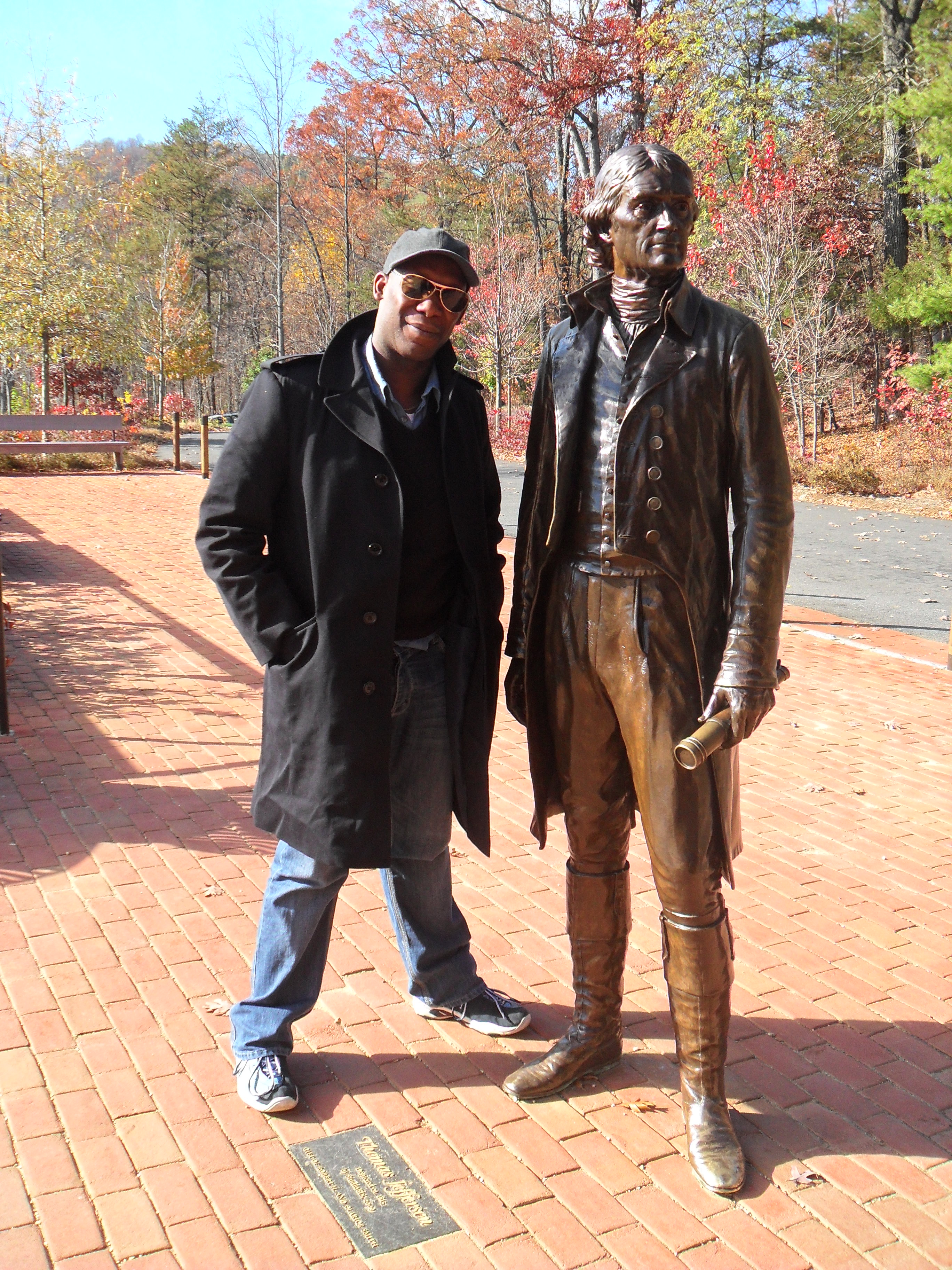Month: September 2017
-

Moving Monuments from Charlottesville, USA to Bristol
MOVING MONUMENTS IN BRISTOL AND AMERICA Events in Charlottesville, Virginia were a sickening reminder of why the past always remains present and can never be forgotten to prevent the same mistakes being made in the future. Having wrongly predicted that Hillary Clinton would triumph, I’m now watching with both humour and horror as the Trump…
